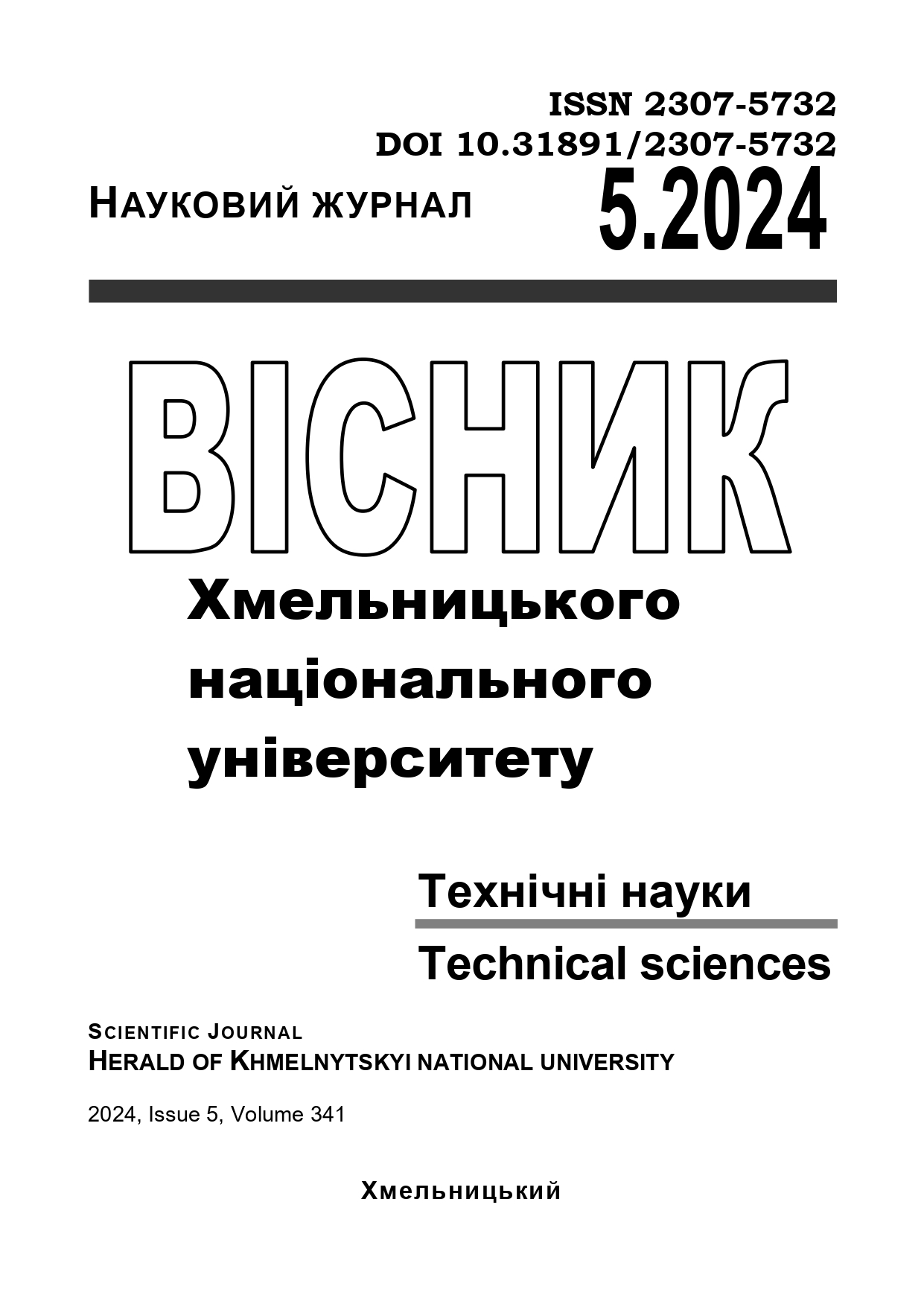ANALYSIS OF METHODOLOGIES FOR DETECTING SOURCES OF DISINFORMATION
DOI:
https://doi.org/10.31891/2307-5732-2024-341-5-8Keywords:
detecting sources of disinformation, fake news detection, deep learning, machine learning, natural language processing, accuracyAbstract
Identification of sources of disinformation and fake news is a complex task. Today, several approaches to solving this problem have been proposed. Disinformation is information that is false and deliberately created to harm a person, social group, organization or country. One of the sources types of disinformation are fake news, which are a deliberate presentation of false information. The paper analyses the existing methodologies for identifying sources of disinformation and fake news. Based on the analysis, two main approaches to identifying sources of disinformation can be distinguished: manual and automatic. Experts are involved for manual verification of facts. Automatic techniques for detecting sources of disinformation are based on deep and machine learning methods. The most popular methods among deep learning methods are neural networks, among which recurrent neural networks, long short-term memory, bidirectional long short-term memory, convolutional neural networks and others can be distinguished. In addition, many studies use machine learning techniques to identify sources of misinformation, such as support vector machines, Naive Bayes classifier, random forest, decision trees, logistic regression, and Bayesian modelling. Most methodologies combine several methods of identifying sources of disinformation. Based on the comparison, it was found that the methods based on machine learning are more effective and are used by many researchers.
In our study methodologies for identifying sources of disinformation were systematized and their detailed analysis was carried out, which made it possible to choose the most effective methods for future experiments. The method based on machine learning turned out to be more effective after evaluating all automatic methods. Further research will be aimed at implementing a prototype system for recognizing sources of disinformation for Ukrainian-language texts, collecting data for testing and evaluating the proposed system.

